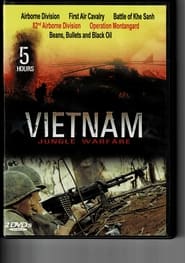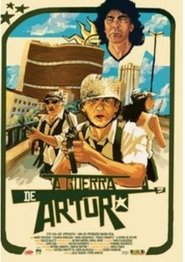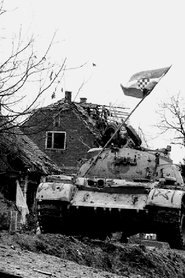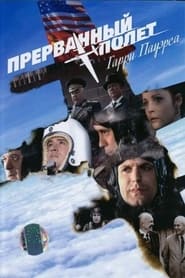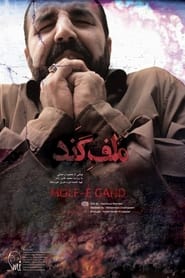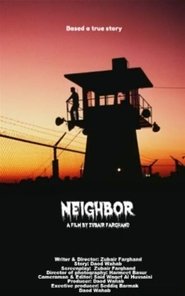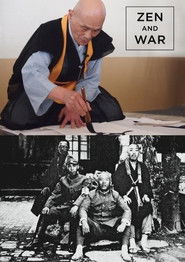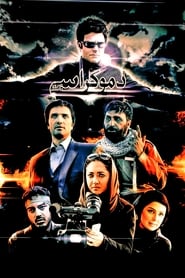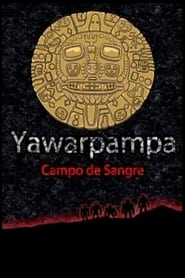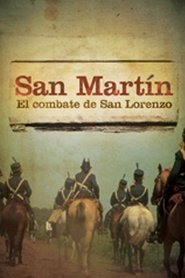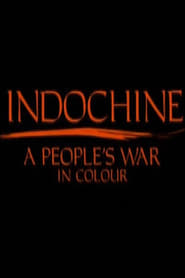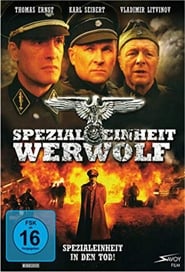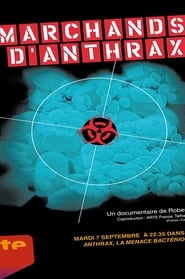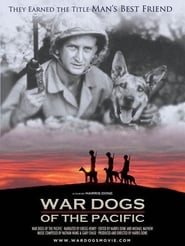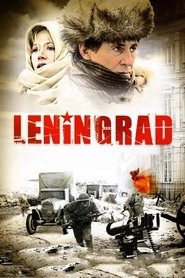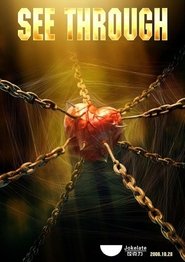New War Movies - Page 206
-
小英雄雨来
2009
小英雄雨来
2009
-
Vietnam Jungle Warfare
2009
A Captivating collection of documentaries examining how this unique jungle war differed from others. Follow our troops as they face a determined enemy in the jungles and rice patties of Vietnam. Experience the American military's troubles and victories as they tried to win the hearts and minds of the Vietnamese people. -
A Guerra de Arturo
2009
A Guerra de Arturo
2009
-
Novska in the Croatian Civil War
2009
Using real recorded footage from the 1990s the documentary depicts the town of Novska during the Croatian Civil War from 1990 to 1995. -
Animals Aloft
2009
Animals Aloft
2009
star 6Flying dogs, tigers, monkeys, and more. Discover the incredible war stories and barnstorming adventures of aviation's animal pioneers. -
Bad Omen
2009
Bad Omen
2009
Forty year old Mohammad turns to a 7-year-old boy in front of the camera and narrates the story of the Iran-Iraq war. -
Noroshundor
2009
Noroshundor
2009
Set against the backdrop of the Pakistan Army crackdown during Bangladesh’s 1971 war, this political thriller follows a student activist who takes refuge from the Pakistan army in a local barbershop. -
Neighbours
2009
Neighbours
2009
Graphically depicts the brutalities on Afghan prisoners in an Iranian camp, Safaid Sang (White Stone) near the Iranian-Afghan border. Based on true life accounts from Afghan prisoners. -
Zen and War
2009
Zen and War
2009
Explores how Zen Buddhist monks actively got involved in the Second World War and their position now regarding that participation. -
Democracy in Daylight
2009
star 3.5The story of life of an Iranian army leader who has faults in his life and now in purgatory wants to retaliate for his faults. -
Yawarpampa: campo de sangre
2009
In 1424, the Chancas tried to conquer a small kingdom: the Incas. In this war, the destiny of the Andean world was decided with the rise of Pachacutec as the leader in Cusco, and the genesis of the Incan Empire and its expansion under his rule. This short narrates the decisive battle between the two factions, along with mythological elements. -
San Martin. El Combate de San Lorenzo
2009
Damián Canduci's performance and Juan Carlos Gené's narration revive this moment in Argentine history, when the Horse Grenadier Regiment begins its performance in the fight for independence. A special dedicated to the first combat fought by San Martín in American territory, the one that inaugurated him as a patriot leader. -
Indochine: A People's War in Colour
2009
A major documentary which tells the remarkable story of the people of South East Asia who fought three wars over three decades to gain their freedom using entirely original colour archive footage. -
Werewolf Hunt
2009
Werewolf Hunt
2009
star 6A small group of Russian soldiers with mixed skills are assembled to go on a covert mission to map out the area of Hitler's new HQ in the Ukraine known as Wehrwolf. But it's not until they get to their destination that the squads leader then decides to unveil the true details of the mission. -
Anthrax War
2009
-
A Lonely Place for Dying
2009
star 3.5In 1972, the conflict in Vietnam continues. The creeping threat of communism grips the nation in fear. In an abandoned prison on the US/Mexican border, KGB mole Nikolai Dzerzhinsky waits for his contact from the Washington Post. He holds explosive evidence against the CIA, information he will trade for asylum in the United States. Special Agent Robert Harper's orders are clear: take the documents from Dzerzhinsky and kill him. -
War Dogs of the Pacific
2009
star 4.8It’s 1942, somewhere in the Pacific: Deadly ambushes by entrenched Japanese in the thick jungles take a heavy toll on American troops. Marine commanders were willing to try anything, including using dogs to sniff out the hidden enemy. But even with their superior senses, nobody anticipated just how effective they would be. -
Leningrad
2009
Leningrad
2009
star 5.4When in 1941 Nazi Germany invaded the Soviet Union, their troops quickly besieged Leningrad. Foreign journalists are evacuated but one of them, Kate Davies, is presumed dead and misses the plane. Alone in the city she is helped by Nina Tsvetnova a young and idealist police officer and together they will fight for their own survival and the survival of the people in the besieged Leningrad. -
See Through
2008
 Netflix
Netflix
 Amazon Prime Video
Amazon Prime Video
 Apple iTunes
Apple iTunes
 Apple TV Plus
Apple TV Plus
 Disney Plus
Disney Plus
 Google Play Movies
Google Play Movies
 Paramount Plus
Paramount Plus
 Hulu
Hulu
 HBO Max
HBO Max
 YouTube
YouTube
 fuboTV
fuboTV
 Peacock
Peacock
 Peacock Premium
Peacock Premium
 Amazon Video
Amazon Video
 The Roku Channel
The Roku Channel
 AMC+
AMC+
 Kocowa
Kocowa
 Hoopla
Hoopla
 The CW
The CW
 Vudu
Vudu
 Starz
Starz
 Showtime
Showtime
 PBS
PBS
 Pantaflix
Pantaflix
 FXNow
FXNow
 Tubi TV
Tubi TV
 Kanopy
Kanopy
 Comedy Central
Comedy Central
 Crunchyroll
Crunchyroll
 Microsoft Store
Microsoft Store
 Redbox
Redbox
 Sun Nxt
Sun Nxt
 ABC
ABC
 DIRECTV
DIRECTV
 Crackle
Crackle
 Fandor
Fandor
 Plex
Plex

